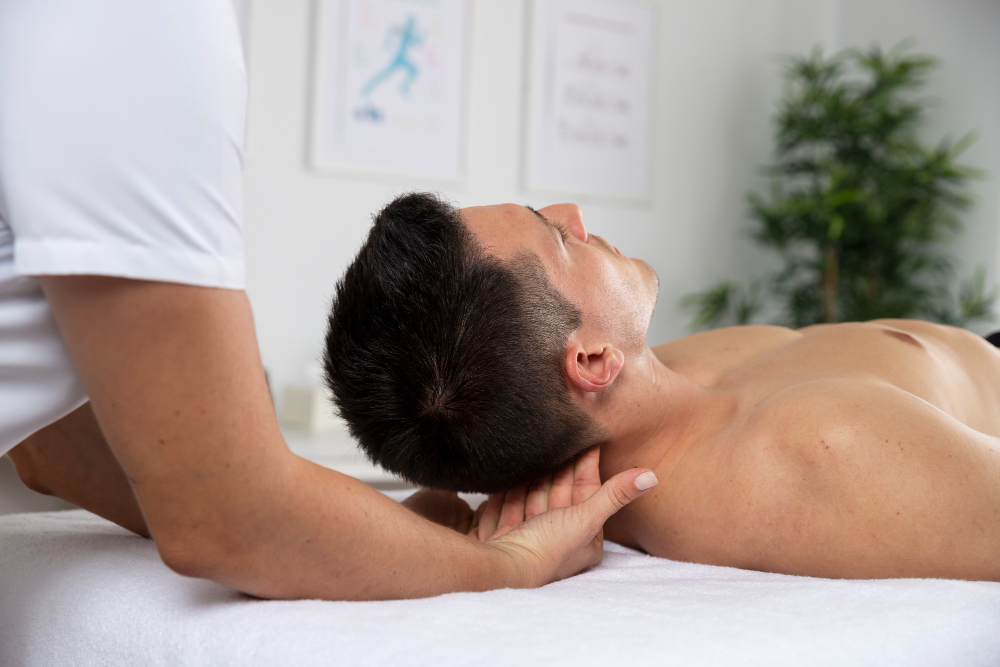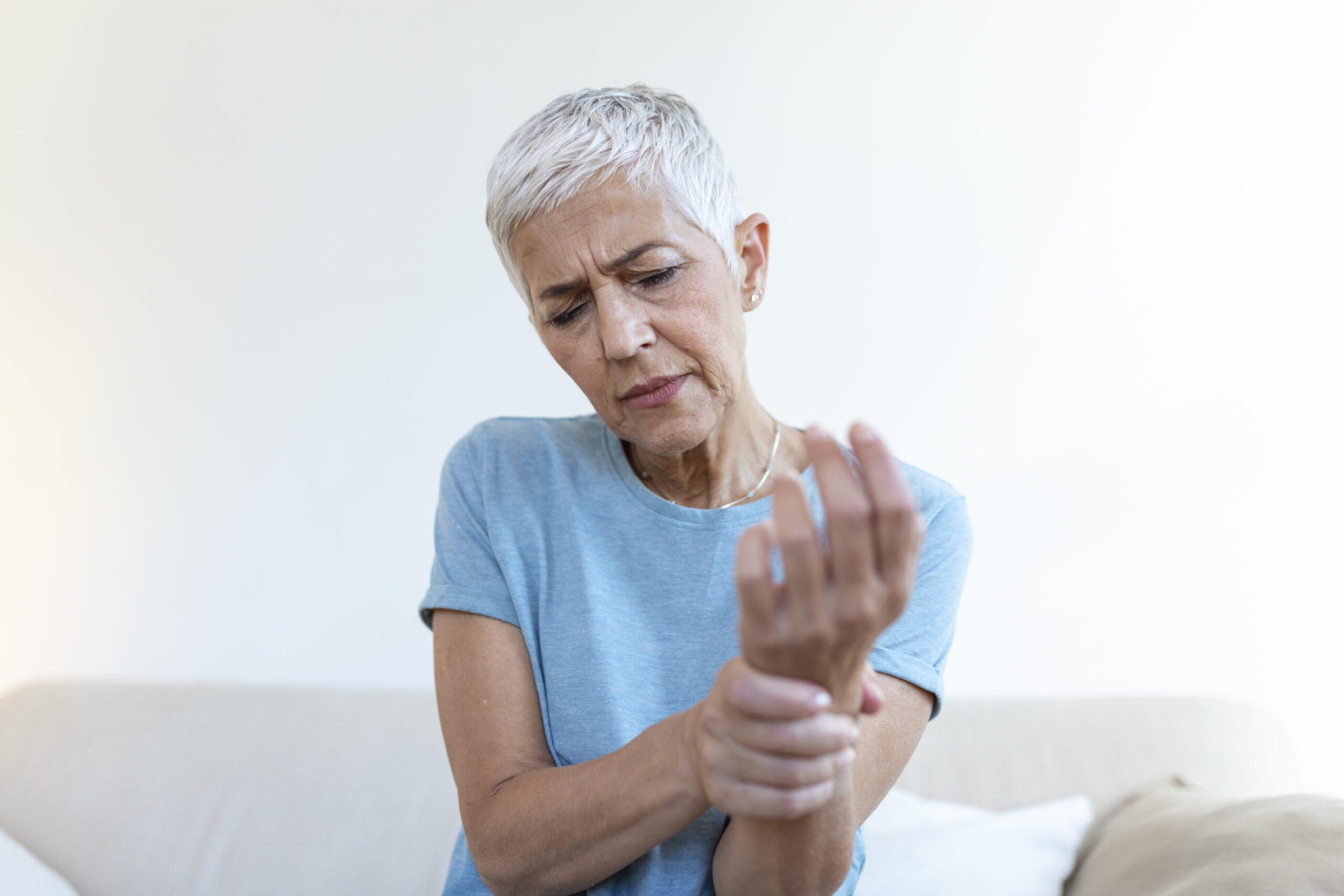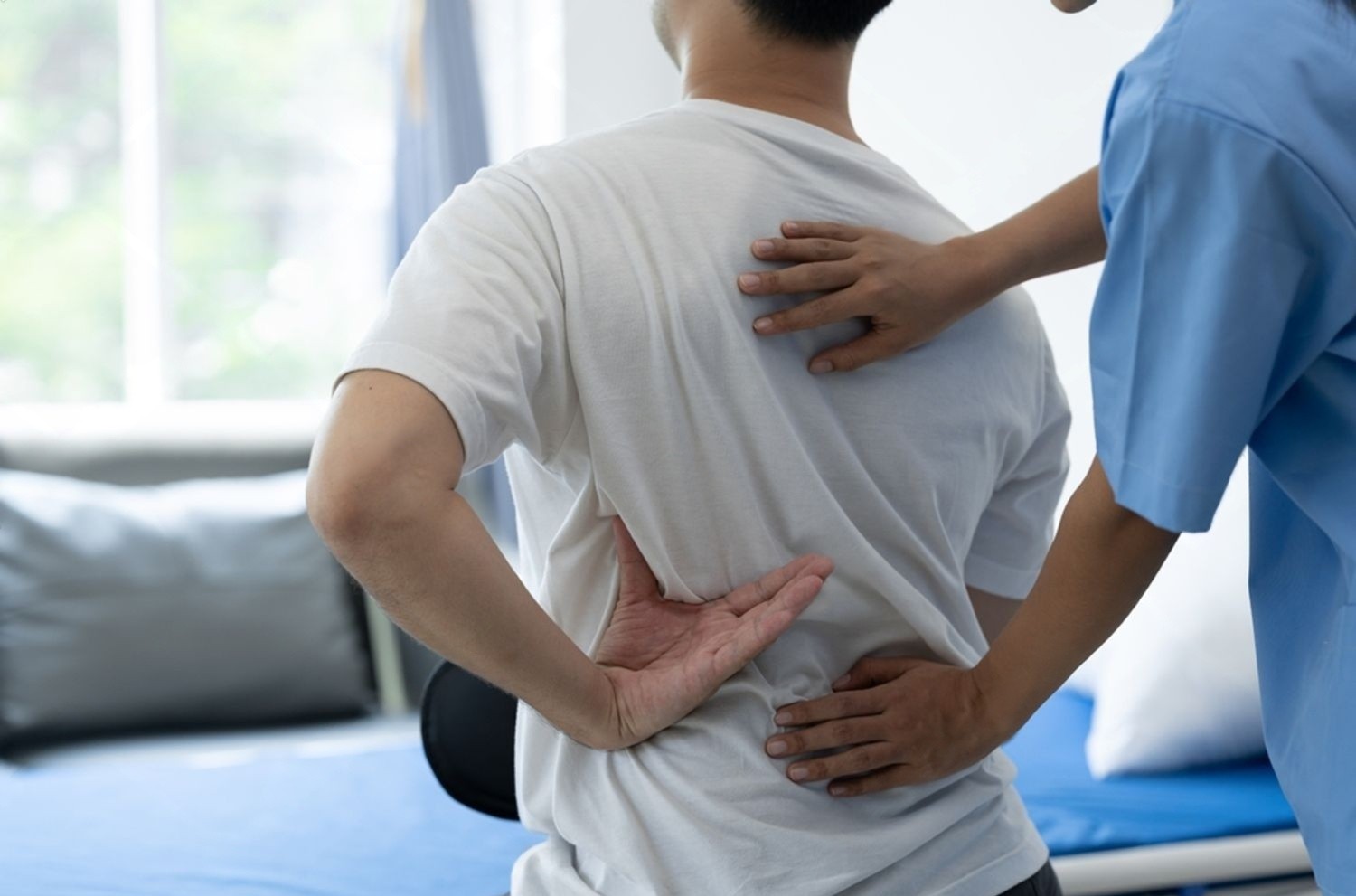All You Need To Know About Massage Therapy

Massage therapy is quite a sought-after treatment. Yet, not many people exactly understand what it is about. Yes, it helps relieve pain and relax the individual. But, the effects of therapeutic massage go beyond that. Swedish massage therapy, for instance, regulates the abundant supply of blood and lymph to the individual cells of the body. Similarly, hot stone massage repairs damaged soft tissues and eases tight muscles. The techniques involve the manipulation of soft tissues and muscles with optimum pressure. But, each plays a unique role in maintaining your overall well-being.
This blog explains in-details about what massage therapy is, its benefits and its techniques. Give it a read before hiring a massage therapist.
Let’s begin.
What is Massage Therapy?
It is a technique that involves direct hands-on manipulation of the soft tissues. That means, the registered massage therapist uses their hands to apply optimum pressure in a specific direction on the damaged soft tissues of your body. Soft tissues include the skin, connective tissue, ligaments, muscles and tendons. The therapy slows down the nervous system, which in turn heals injuries, relieves symptoms and eases muscle tension.
Every individual is unique and so are their health needs. The massage therapist assesses your symptoms and musculoskeletal system to prescribe the most effective technique that’s unique to treating a specific condition. Thus, two people with similar injuries may not be recommended the same method.
How Many Different Techniques Are There?
The end goal of massage therapy is to manipulate the injured soft tissues. It’s how the goal is achieved that differs from person to person. The most common methods practised by massage therapists are:
Swedish massage therapy
This one is the oldest technique and forms the basis for other types of massage therapies as well. It promotes blood flow throughout the body and relaxes tight muscles.
How is it done?
The massage therapist can choose to practise this massage in several ways, such as:
- Effleurage– Gliding or circular strokes (usually used in the beginning to warm up the muscles)
- Petrissage- Deeper, kneading movement (best suited for people with injured muscles)
- Vibration- Rhythmic shaking of the injured area (best for soothing nerves)
- Tapotement– Rhythmic tapping (perfect for relaxation)
- Friction– Pressure in a linear or circular rhythm (softens and realigns muscles)
Who is it for?
A Swedish massage is perfect if it’s your first time at a massage therapy. It has great psychological benefits too. Thus, you can go for it if you’ve been feeling overworked or anxious lately.
Myofascial release therapy
Fascial is the connective tissue that covers and protects the muscles (myo) throughout the body. The myofascial release therapy helps release the tension in your fascial tissues.
How is it done?
The massage therapist evaluates your fascial tissues thoroughly to detect the ‘tensed’ areas. These are also known as trigger points to which the therapist applies gentle and constant pressure to bring you relief.
The pressure is applied to increase the length of your fascial tissues. The therapist also kneads and stretches the tissues repeatedly to release the pressure.
Who is it for?
It is perfect for people with constant pain in their connective tissues. Other conditions that myofascial therapy treats include low back pain, carpal tunnel syndrome, TMJ disorder, migraines and fibromyalgia.
Deep tissue massage
The deep tissue massage involves slow, deep strokes on the injured musculoskeletal parts of your body. The therapist applies sustained pressure to relieve pain in the inner layers of the connective tissues and muscles.
How is it done?
The technique is suitable to your entire body or a specific part depending on your problem areas. The therapist uses a lighter touch to warm up your muscles. Once that’s achieved, they use deep stroking and kneading movements to apply intense pressure on the affected area. This pressure helps relieve pain and brings a great deal of comfort.
Who is it for?
It primarily treats a wide range of musculoskeletal conditions that cause pain and discomfort. That means you can opt for this technique if you have been suffering from muscle pain and stiffness.
Sports massage therapy
Besides reducing muscle pain, sports massage therapy also improves your overall range of motion, thereby enhancing your athletic performance. The techniques involved are systematic and focused. The goal of this therapy is to maximize an athlete’s physical performance and help them prevent further injuries.
How is it done?
The movements involved are stroking, kneading, friction, compression, percussion, vibration, gliding and rhythmic striking. It is quite similar to the Swedish-style massage. The sports therapist evaluates your injuries and health goals. They then decide the techniques to use based on what the athlete wants.
This is just a glimpse of the various methods used by massage therapists to treat health conditions. You can get a clearer overview after a thorough consultation with the therapist. After all, every human body has a unique requirement when it comes to therapeutic massage.
How Does Massage Therapy Help?
Massage is more than just a means of relaxation. It facilitates the smooth functioning of the main systems of your body such as the cardiovascular, nervous, urinary, digestive and lymphatic. Regular sessions with your massage therapist promote your overall well-being. Now, let’s check out the primary benefits of massage therapy.
Heals the soft tissue injuries
Muscle strains and sprains are the two most common forms of soft tissue injuries. Massage therapy improves blood circulation in these areas and stimulates the overall healing process. Thus, you find relief from pain and recover quickly.
Calms down people
An anxious mind is a troubled mind. Massages can calm it down and help you relax after a hard, long day. The sessions calm down your nervous system and soothe the neural pathways.
Reduces pain
Massage therapy reduces muscle stiffness and pain. Thus, it is one of the most effective treatments for musculoskeletal conditions such as back pain, osteoarthritis, headaches and fibromyalgia.
Therapeutic massages can help people live an active, pain-free lifestyle. You should, however, consult with an RMT first and let them decide which method is best suited for your recovery.
FAQs
What are the benefits of massage therapy?
Massage therapy helps relieve musculoskeletal conditions that cause pain and discomfort. It improves blood circulation to the injured areas, thereby facilitating its healing process at a faster rate. The techniques enable the smooth functioning of the major systems of your body such as digestive, nervous, lymphatic and musculoskeletal.
How often should you see a massage therapist?
A registered massage therapist is the best person to tell you that. They evaluate your injuries and perform some physical tests to determine the minimum number of sessions you need. In the case of relaxation, it is recommended to get massages at least once every month.
What is an RMT?
RMT stands for Registered Massage Therapists. They are registered with the CMTO or College of Massage Therapists of Ontario. They go through rigorous training according to the Massage Therapy Act and the Regulated Health Professionals Act to provide individuals with accurate treatments.
Blog Categories
- Acupuncture Treatment (10)
- Ankle Sprain (1)
- Arthritis Treatment (1)
- Back Pain (23)
- Chiropractic Care (38)
- Tennis Elbow (1)
- Chronic Pain (5)
- COVID-19 (1)
- Custom Orthotics (6)
- Dizziness (4)
- Exercises (12)
- Foot Orthotics (6)
- Hamstring Stretches (2)
- Info Articles (3)
- Kids Injury (1)
- Laser Therapy (4)
- Massage Therapy (21)
- Neck Pain (16)
- Orthopedic (1)
- Osteoarthritis (5)
- Osteopathy (3)
- Pain Management (17)
- Physiotherapy Benefits (44)
- Physiotherapy Clinic (6)
- Physiotherapy Exercises (12)
- Physiotherapy Tips (25)
- Physiotherapy Treatment (100)
- Rotator Cuff (2)
- Shin Splints (1)
- Shoulder (2)
- Spine (4)
- Sports Physiotherapy (1)
- Uncategorized (1)
- Vestibular Physiotherapy (2)
- Work From Home (2)


